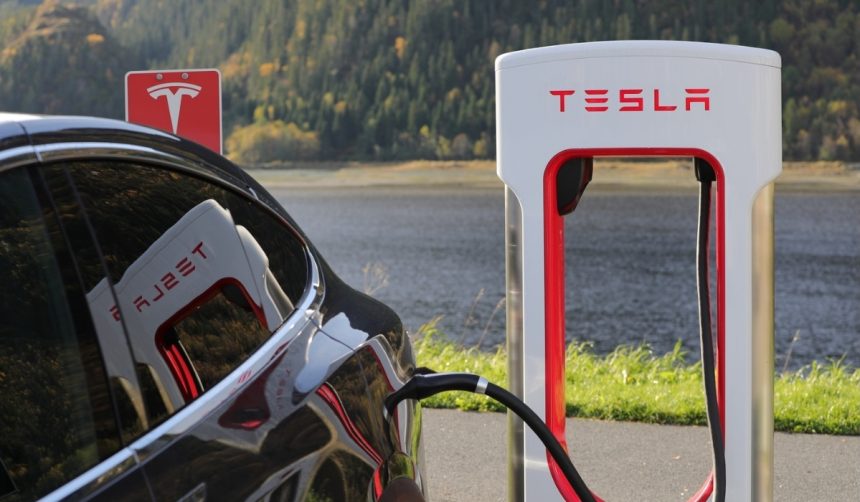Amid shifting tax policies, the U.S. electric vehicle market faces a period of readjustment. As the $7,500 federal EV tax credit phases out for several manufacturers, automakers are revisiting their strategies. Recent announcements from General Motors, Ford, and Stellantis illustrate their efforts to tackle slowing EV demand and recalibrate future plans. Meanwhile, Tesla stands apart, weathering changing incentives with a different approach. The end of these subsidies could signal a new chapter for both established brands and fresh entrants, prompting customers to weigh their options more critically than before.
Major auto companies like General Motors and Ford previously banked on federal subsidies to boost electrified vehicle adoption, often announcing ambitious production targets and investments. In contrast, Tesla has long advocated for the removal of such subsidies, maintaining that its vehicles can compete on their own merits. Last year, industry updates highlighted concerns that scaling back on incentives would strain traditional automakers’ margins, a prediction now materializing post-subsidy. As the competitive landscape tightens and EV models multiply, Tesla’s relative resilience is drawing renewed attention from analysts and consumers alike.
Car Makers Reassess Their Electrification Plans
The reduction in government support has led several legacy automakers to backpedal on previous commitments. General Motors plans to register a $1.6 billion accounting charge tied to its EV investments, reflecting updated demand expectations. Ford recently projected its electric vehicle demand could drop by half, while Stellantis is revising strategies for both its European and North American brands. Stellantis’ Chrysler division is scaling down earlier EV sales targets, signaling a widespread industry trend toward greater caution.
How Is Tesla Adjusting to the New Landscape?
Tesla appears less impacted by the tax credit rollbacks compared to its rivals. CEO Elon Musk has long contended that subsidies mask true demand for EVs, previously stating:
“Take away all the subsidies. It will only help Tesla.”
While Tesla’s U.S. market share dipped from 79% in 2020 to 49% in 2024 as competition increased, the company continues to lead in overall EV sales. Despite benefiting from tax credits in the short term, the company’s performance and focus on autonomy and artificial intelligence suggest a multi-pronged strategy independent of governmental incentives.
Did Musk’s Predictions Reflect Industry Realities?
Recent industry shifts lend support to Musk’s viewpoint, as legacy automakers struggle to price their EVs competitively without subsidies. As EV models expand but sales targets shrink, Tesla maintains delivery numbers close to half a million units per quarter. Musk remarked during a company earnings call:
“It would be devastating for our competitors and for Tesla slightly. But, long-term, it probably actually helps Tesla, that would be my guess.”
The ongoing adjustments suggest that subsidies helped rivals keep pace, but may not have secured sustainable demand for their latest offerings.
Market dynamics for electric vehicles continue to evolve as incentives disappear and carmakers adapt to new realities. Consumer priorities such as affordability, technology features, and performance are likely to play a larger role in purchase decisions, especially without state support. The current period reveals the volatility of relying on policy-driven sales and underscores the importance for manufacturers to focus on innovation and genuine market demand. For buyers considering a new EV, comparing product features and long-term value will become even more essential in the coming years.
- Tesla maintains strong market presence despite end of federal tax credits.
- Major automakers like GM and Ford adjust sales and investment plans.
- Musk’s earlier statements on EV subsidies gain renewed relevance.










